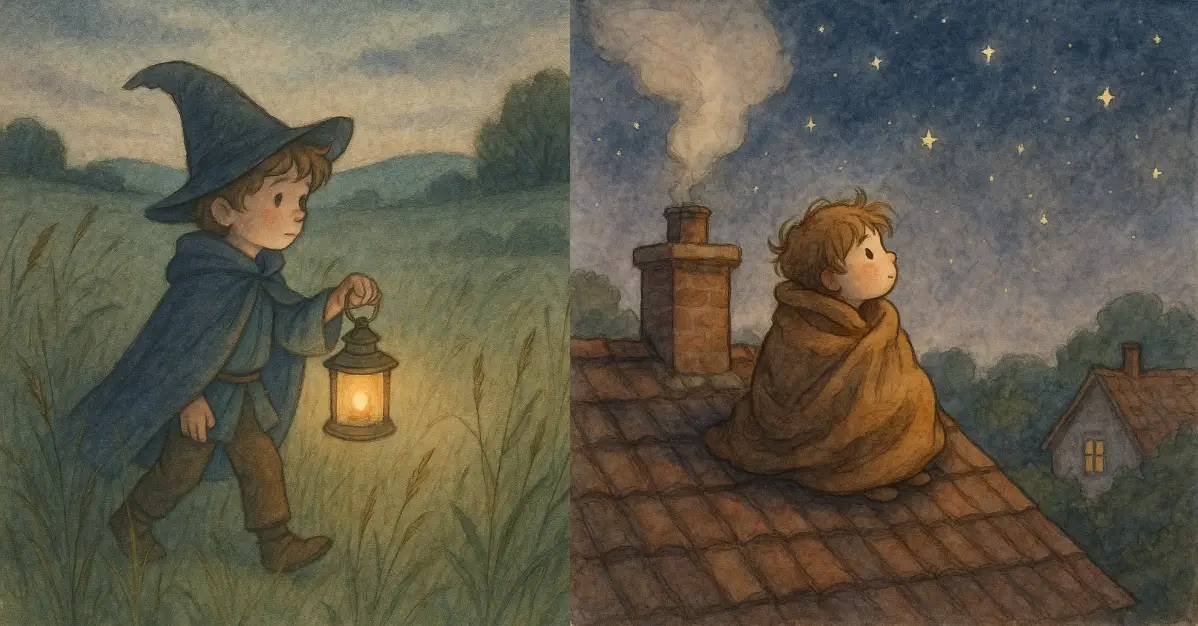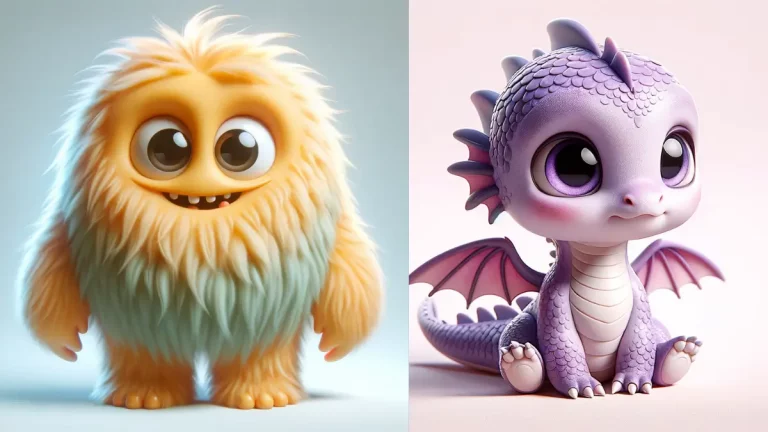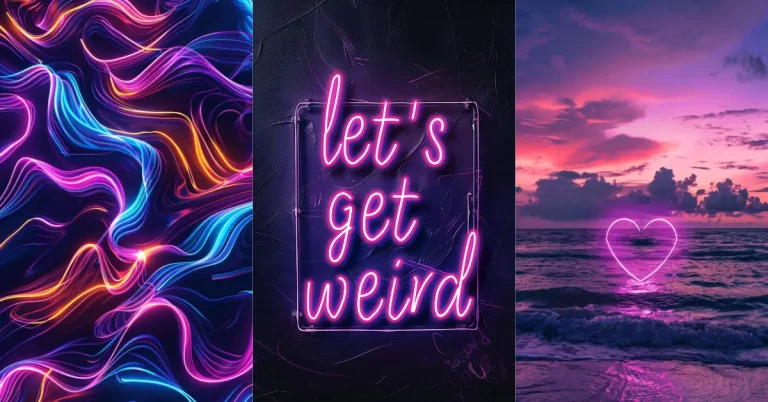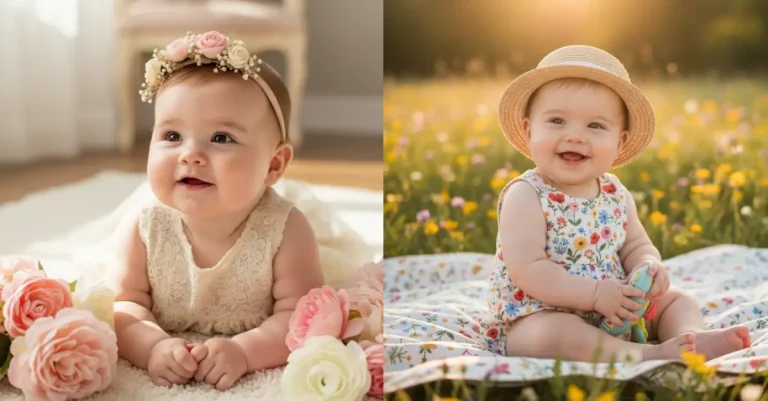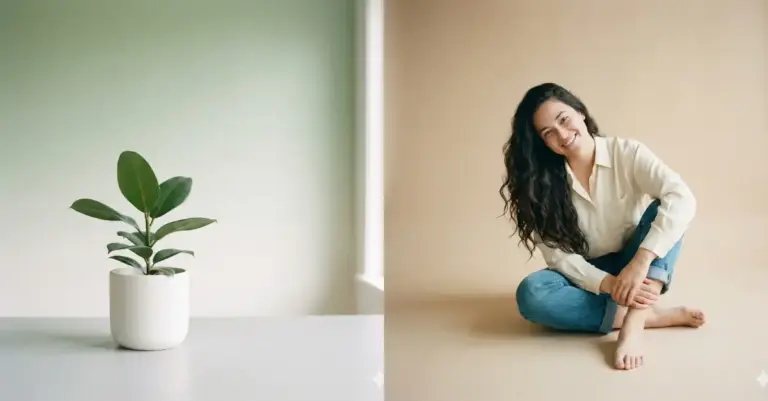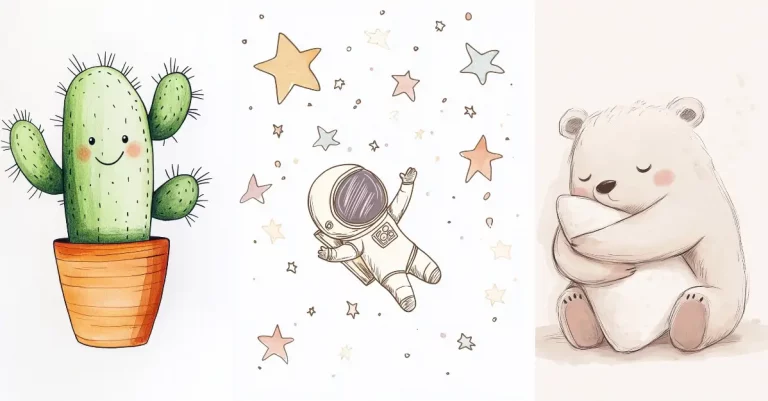How to Create Story Book Illustrations Using ChatGPT
Creating beautiful storybook illustrations has never been easier. With ChatGPT’s image generation capabilities, you can bring your stories to life without needing traditional artistic skills.
Children’s books need illustrations that feel warm and inviting. The right picture can make a story stick in a child’s mind long after they’ve closed the book. Good illustrations create atmosphere, show emotions, and help young readers connect with the characters and settings.
Create Your Template Prompt
I’ve developed a template that consistently produces beautiful storybook illustrations. Here’s the formula:
Create a dreamy storybook illustration showing [scene description]. The style should be painterly, with soft watercolor textures, subtle pencil outlines, and a warm but slightly muted, moody tone. Lighting should be soft and atmospheric, more dusk or twilight than daylight, like a cozy scene from a children’s [type] book. Include natural elements like [for example, trees, clouds, lanterns, etc.] for visual storytelling. Avoid bright or overly saturated colors.
Let me break down each part of this template:
- Create a dreamy storybook illustration showing [scene description]: This opening sets the artistic style immediately. The word “dreamy” tells ChatGPT to create something soft and imaginative rather than realistic or harsh.
- The style should be painterly, with soft watercolor textures, subtle pencil outlines: This combination gives you the best of both worlds. Watercolor textures create that classic children’s book feel, while subtle pencil outlines add definition without being too bold.
- warm but slightly muted, moody tone: This prevents the AI from creating overly bright or cartoon-like images. The muted tones feel more sophisticated and timeless.
- Lighting should be soft and atmospheric, more dusk or twilight than daylight: Twilight lighting creates instant coziness. It’s the difference between a harsh midday photo and a gentle evening scene that makes you want to curl up with a book.
- like a cozy scene from a children’s [type] book: This reference point helps ChatGPT understand the exact mood you’re going for. You can specify “fantasy book,” “bedtime book,” or “adventure book” depending on your story.
- Include natural elements like [specific elements] for visual storytelling: Natural elements add depth and help tell the story without words. A smoking chimney suggests warmth and home. Fireflies add wonder and magic.
- Avoid bright or overly saturated colors: This final instruction prevents the AI from creating images that look too much like modern cartoons or digital art.
21 Example Prompts to Try
To generate these images, go to chatgpt.com or sora.chatgpt.com and try these prompts:
1. Fireflies by the Lake
Create a dreamy storybook illustration showing a little girl standing by a quiet lake at twilight, holding a glowing jar of fireflies. The style should be painterly, with soft watercolor textures, subtle pencil outlines, and a warm but slightly muted, moody tone. Lighting should be soft and atmospheric, more dusk or twilight than daylight, like a cozy scene from a children’s fantasy book. Include natural elements like still water, distant pine trees, and fireflies for visual storytelling. Avoid bright or overly saturated colors.
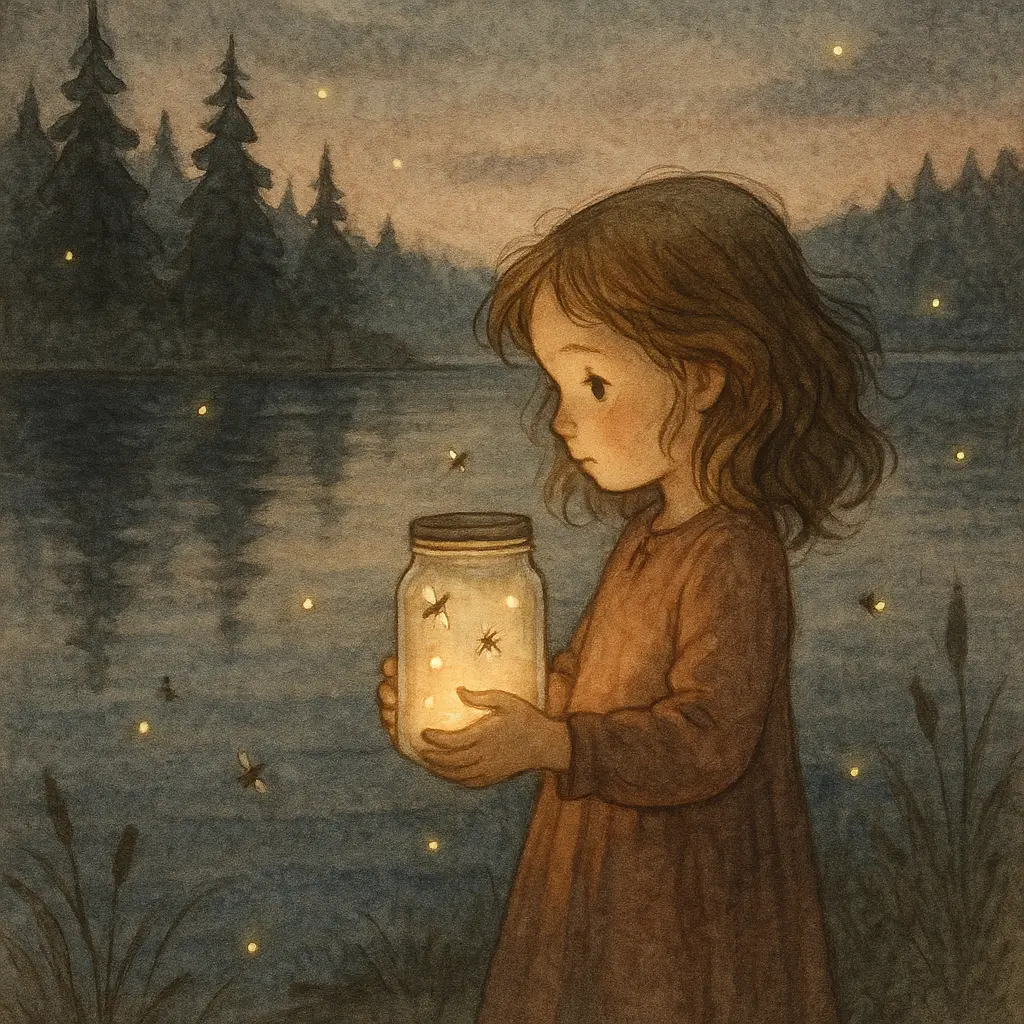
2. The Wise Owl
Create a dreamy storybook illustration showing a sleepy owl perched on a crooked tree branch under a crescent moon. The style should be painterly, with soft watercolor textures, subtle pencil outlines, and a warm but slightly muted, moody tone. Lighting should be soft and atmospheric, more dusk or twilight than daylight, like a cozy scene from a children’s bedtime book. Include natural elements like misty clouds, bare branches, and glowing stars for visual storytelling. Avoid bright or overly saturated colors.
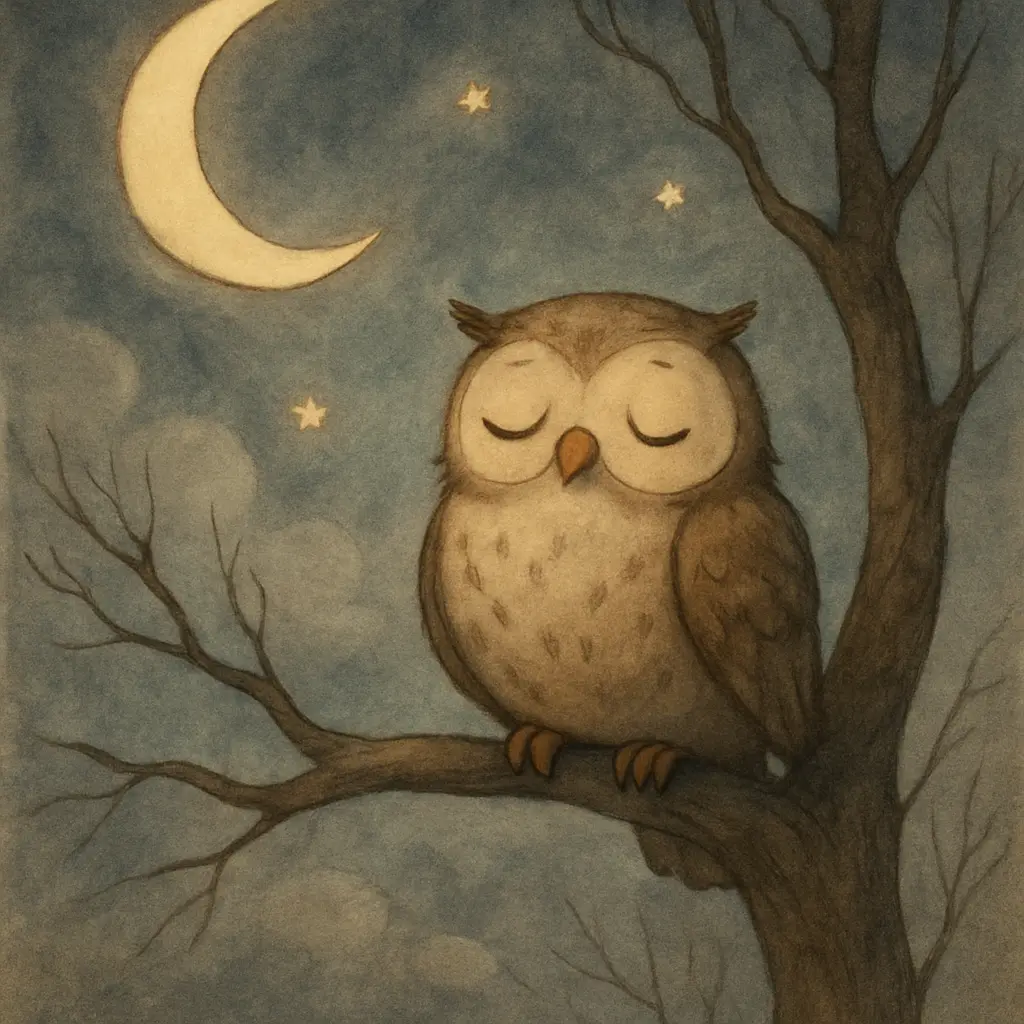
3. Cottage in the Woods
Create a dreamy storybook illustration showing a quiet stone cottage nestled between tall pines, warm lights glowing inside. The style should be painterly, with soft watercolor textures, subtle pencil outlines, and a warm but slightly muted, moody tone. Lighting should be soft and atmospheric, more dusk or twilight than daylight, like a cozy scene from a children’s home-themed book. Include natural elements like ivy, smoke from the chimney, and owls for visual storytelling. Avoid bright or overly saturated colors.
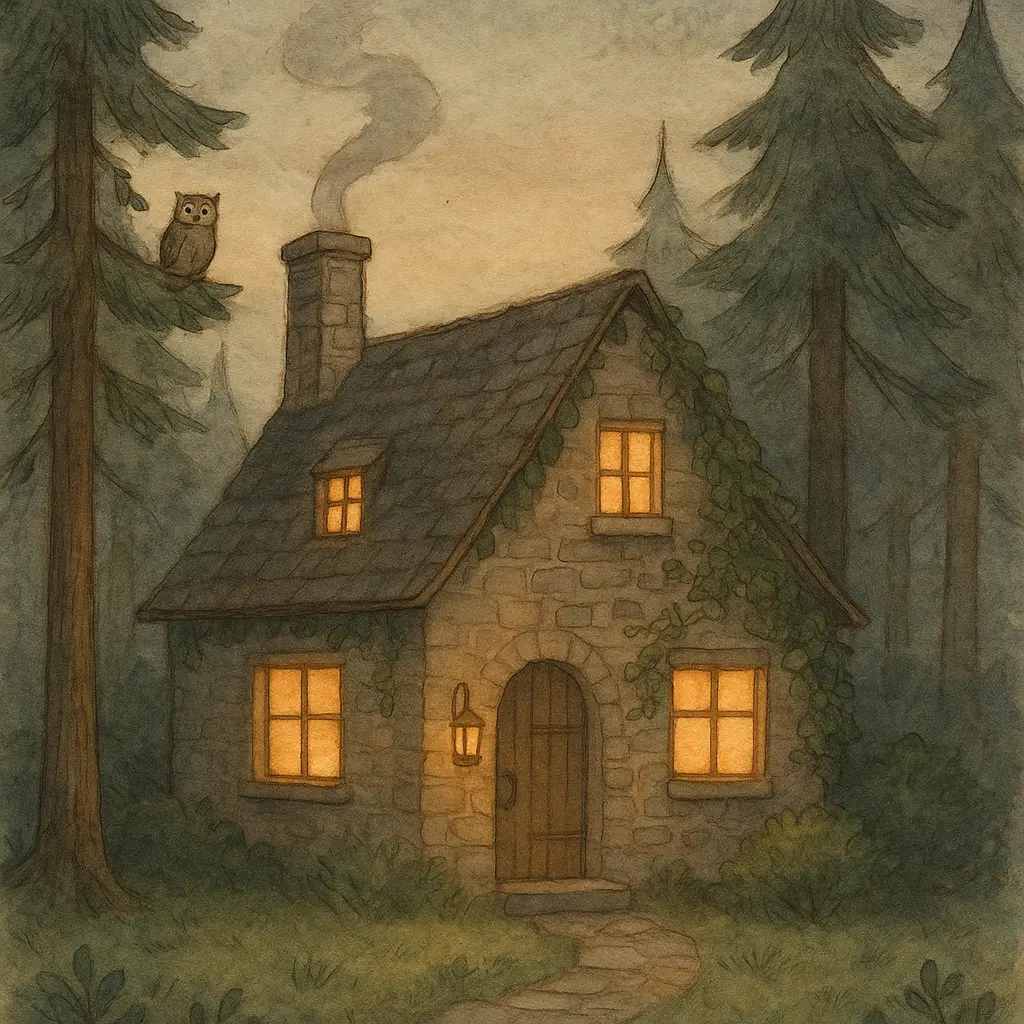
4. Forest Friends
Create a dreamy storybook illustration showing a fox and a hedgehog sitting beside a small campfire in a forest clearing. The style should be painterly, with soft watercolor textures, subtle pencil outlines, and a warm but slightly muted, moody tone. Lighting should be soft and atmospheric, more dusk or twilight than daylight, like a cozy scene from a children’s animal book. Include natural elements like trees, flickering firelight, and shadows for visual storytelling. Avoid bright or overly saturated colors.
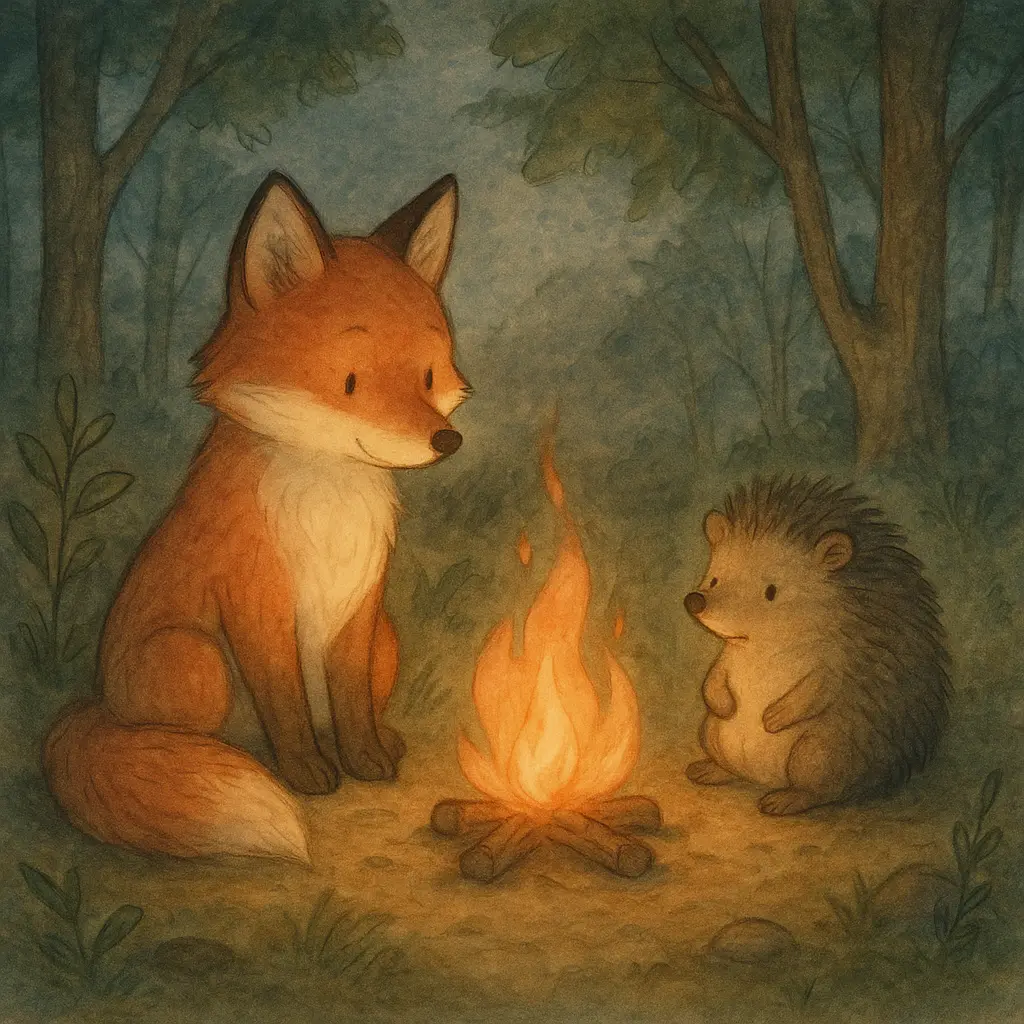
5. The Old Bridge
Create a dreamy storybook illustration showing an old wooden bridge crossing a still river under a twilight sky. The style should be painterly, with soft watercolor textures, subtle pencil outlines, and a warm but slightly muted, moody tone. Lighting should be soft and atmospheric, more dusk or twilight than daylight, like a cozy scene from a children’s adventure book. Include natural elements like river stones, reeds, and reflections for visual storytelling. Avoid bright or overly saturated colors.
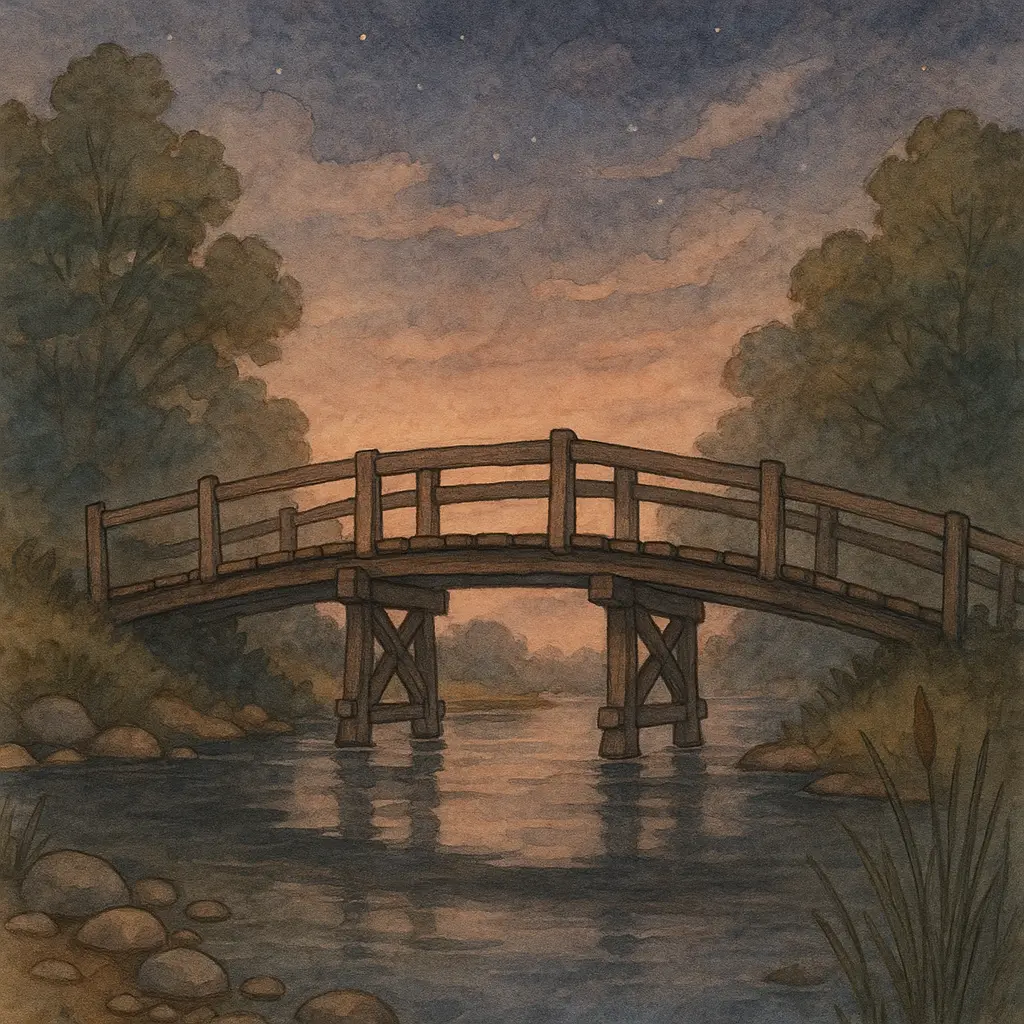
6. Rainy Evening Cat
Create a dreamy storybook illustration showing a cat curled up on a windowsill during a rainy evening. The style should be painterly, with soft watercolor textures, subtle pencil outlines, and a warm but slightly muted, moody tone. Lighting should be soft and atmospheric, more dusk or twilight than daylight, like a cozy scene from a children’s quiet-time book. Include natural elements like raindrops on the glass, darkened clouds, and a nearby candle for visual storytelling. Avoid bright or overly saturated colors.
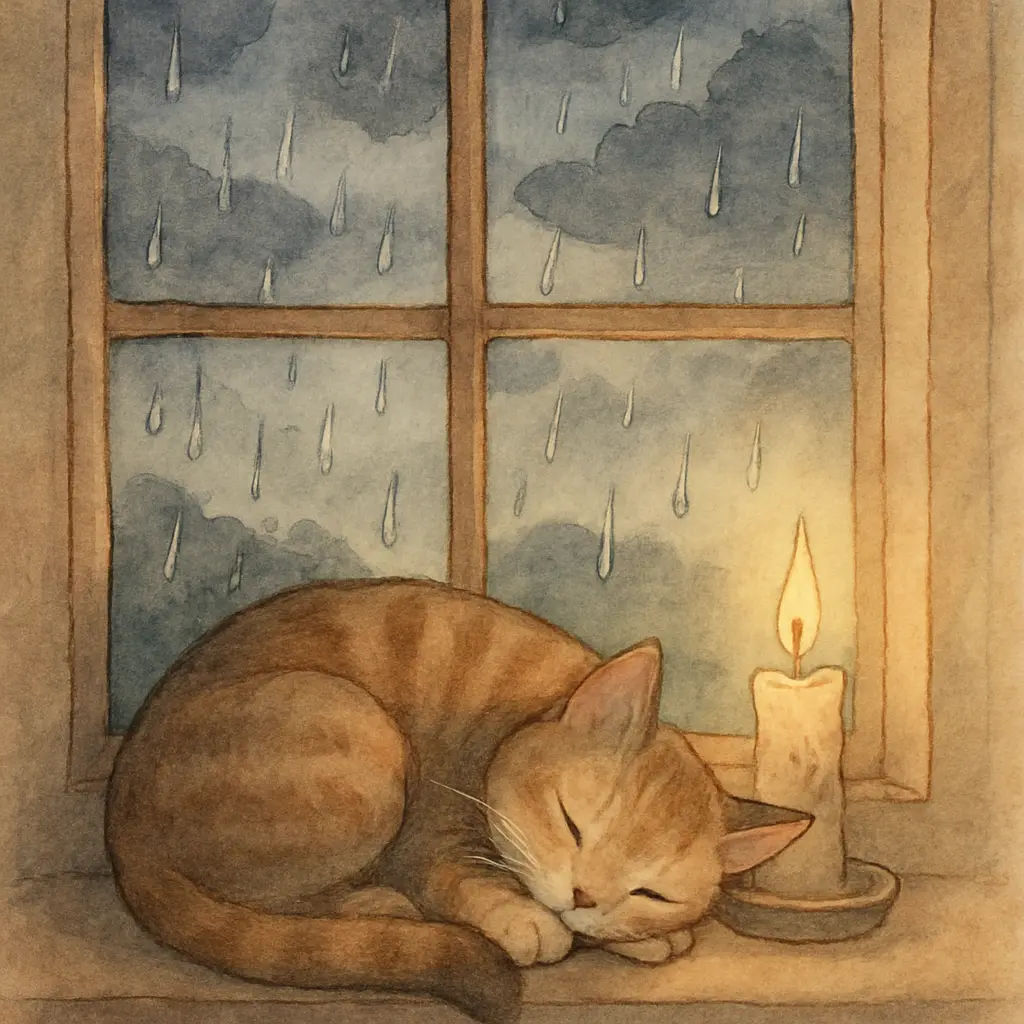
7. The Lantern Bearer
Create a dreamy storybook illustration showing a young traveler walking through a foggy forest path with a lantern in hand. The style should be painterly, with soft watercolor textures, subtle pencil outlines, and a warm but slightly muted, moody tone. Lighting should be soft and atmospheric, more dusk or twilight than daylight, like a cozy scene from a children’s adventure book. Include natural elements like misty trees, scattered leaves, and soft shadows for visual storytelling. Avoid bright or overly saturated colors.
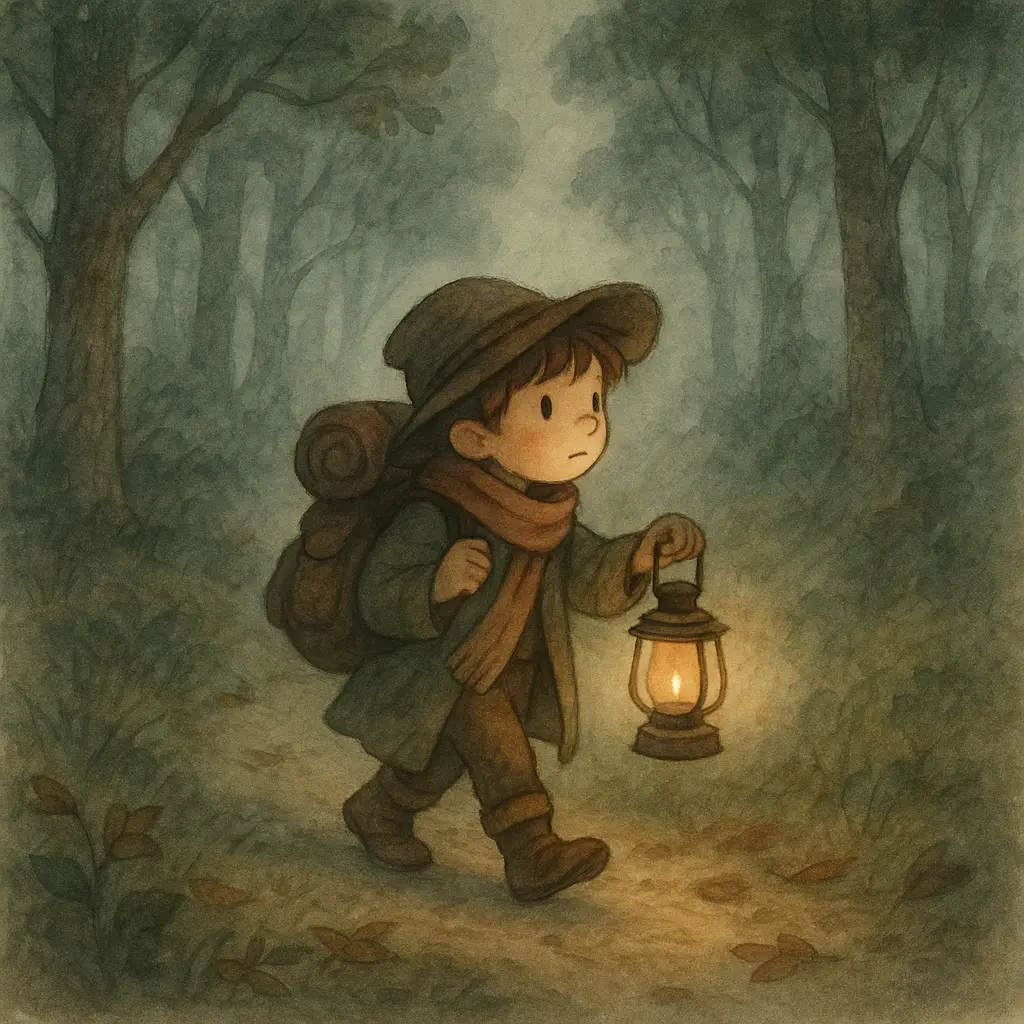
8. Winter Ride
Create a dreamy storybook illustration showing a child riding a reindeer through a snow-covered forest at dusk. The style should be painterly, with soft watercolor textures, subtle pencil outlines, and a warm but slightly muted, moody tone. Lighting should be soft and atmospheric, more dusk or twilight than daylight, like a cozy scene from a children’s winter tale book. Include natural elements like pine trees, snowflakes, and distant stars for visual storytelling. Avoid bright or overly saturated colors.
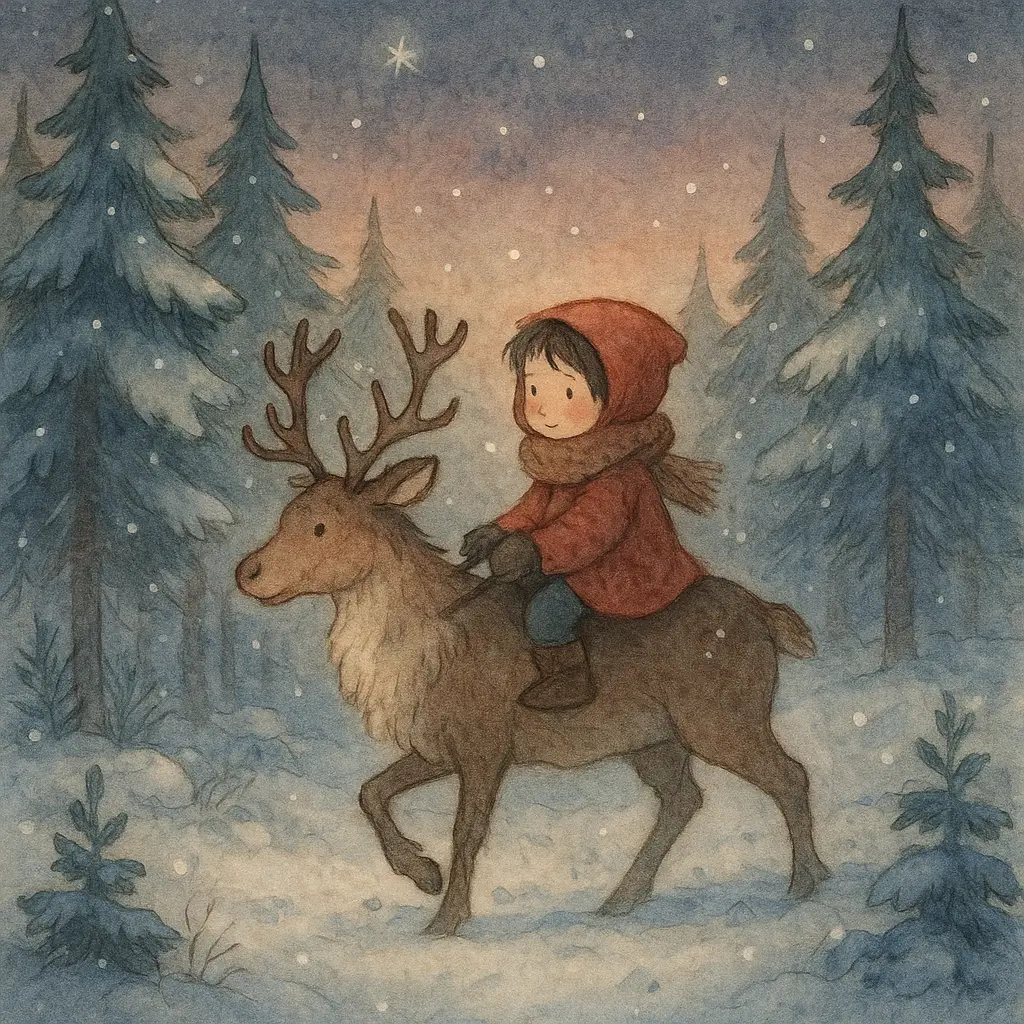
9. Village Under the Moon
Create a dreamy storybook illustration showing a sleepy village under a full moon, with smoke curling from chimneys. The style should be painterly, with soft watercolor textures, subtle pencil outlines, and a warm but slightly muted, moody tone. Lighting should be soft and atmospheric, more dusk or twilight than daylight, like a cozy scene from a children’s holiday book. Include natural elements like rooftops, snow-laden trees, and glowing lanterns for visual storytelling. Avoid bright or overly saturated colors.
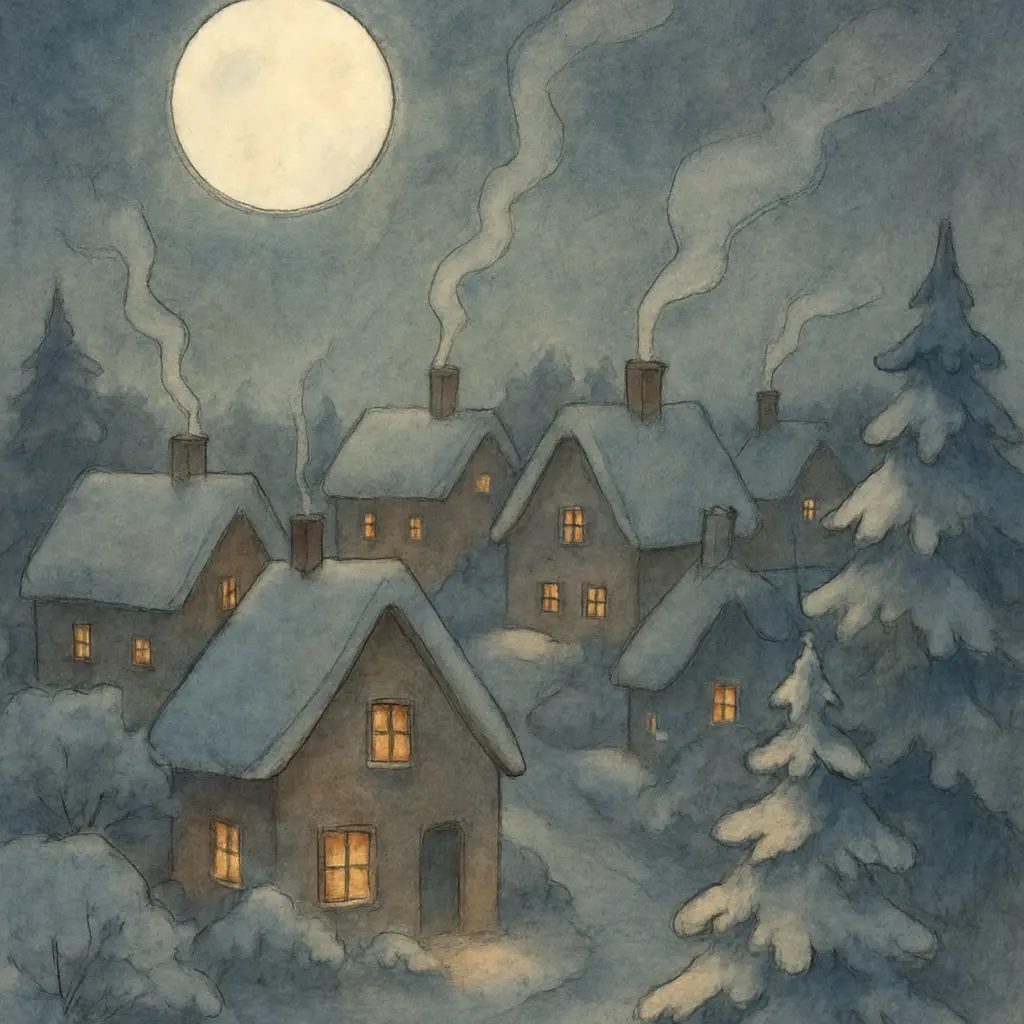
10. Treehouse Reading
Create a dreamy storybook illustration showing a child wrapped in a quilt reading by candlelight inside a treehouse during rain. The style should be painterly, with soft watercolor textures, subtle pencil outlines, and a warm but slightly muted, moody tone. Lighting should be soft and atmospheric, more dusk or twilight than daylight, like a cozy scene from a children’s bedtime book. Include natural elements like falling rain, window panes, and wooden beams for visual storytelling. Avoid bright or overly saturated colors.
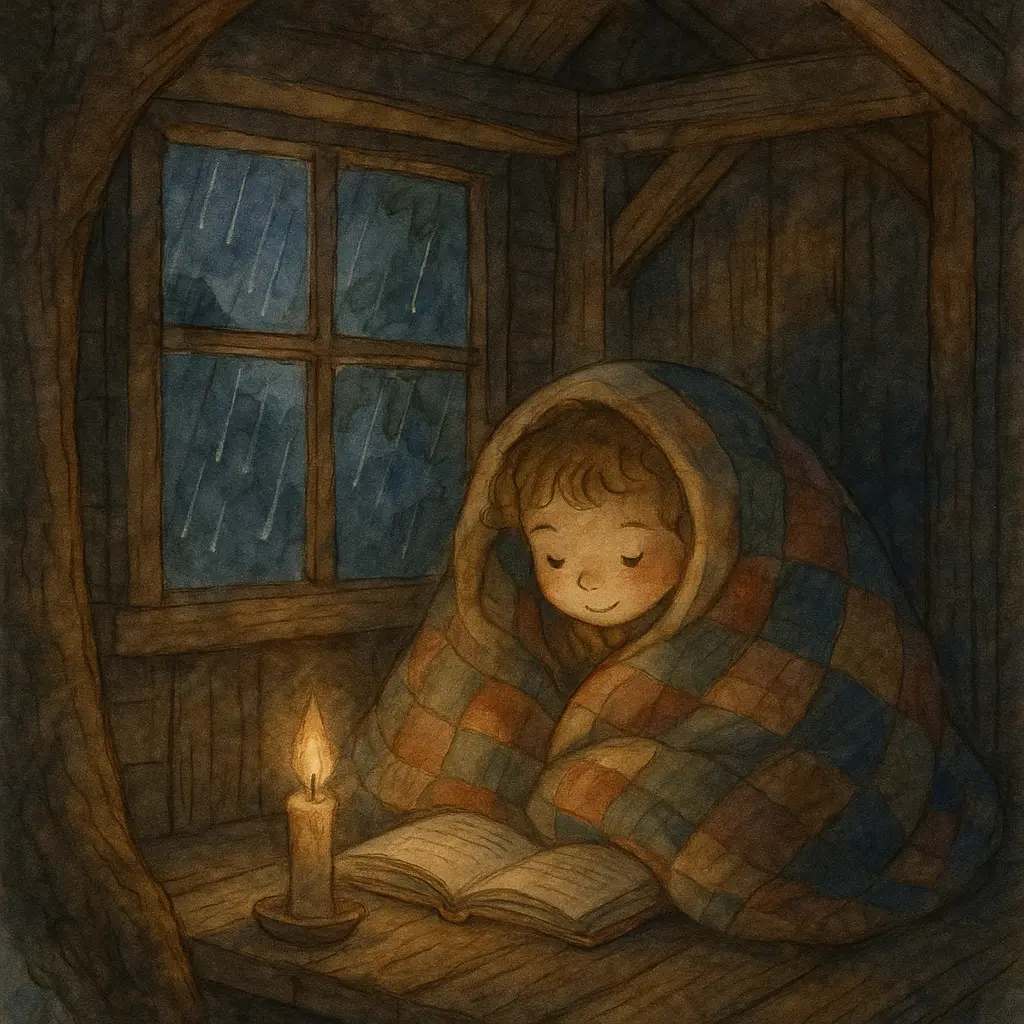
11. Fox Under the Mushroom
Create a dreamy storybook illustration showing a little fox curled up under a mushroom as rain softly falls around. The style should be painterly, with soft watercolor textures, subtle pencil outlines, and a warm but slightly muted, moody tone. Lighting should be soft and atmospheric, more dusk or twilight than daylight, like a cozy scene from a children’s woodland book. Include natural elements like ferns, raindrops, and mossy stones for visual storytelling. Avoid bright or overly saturated colors.
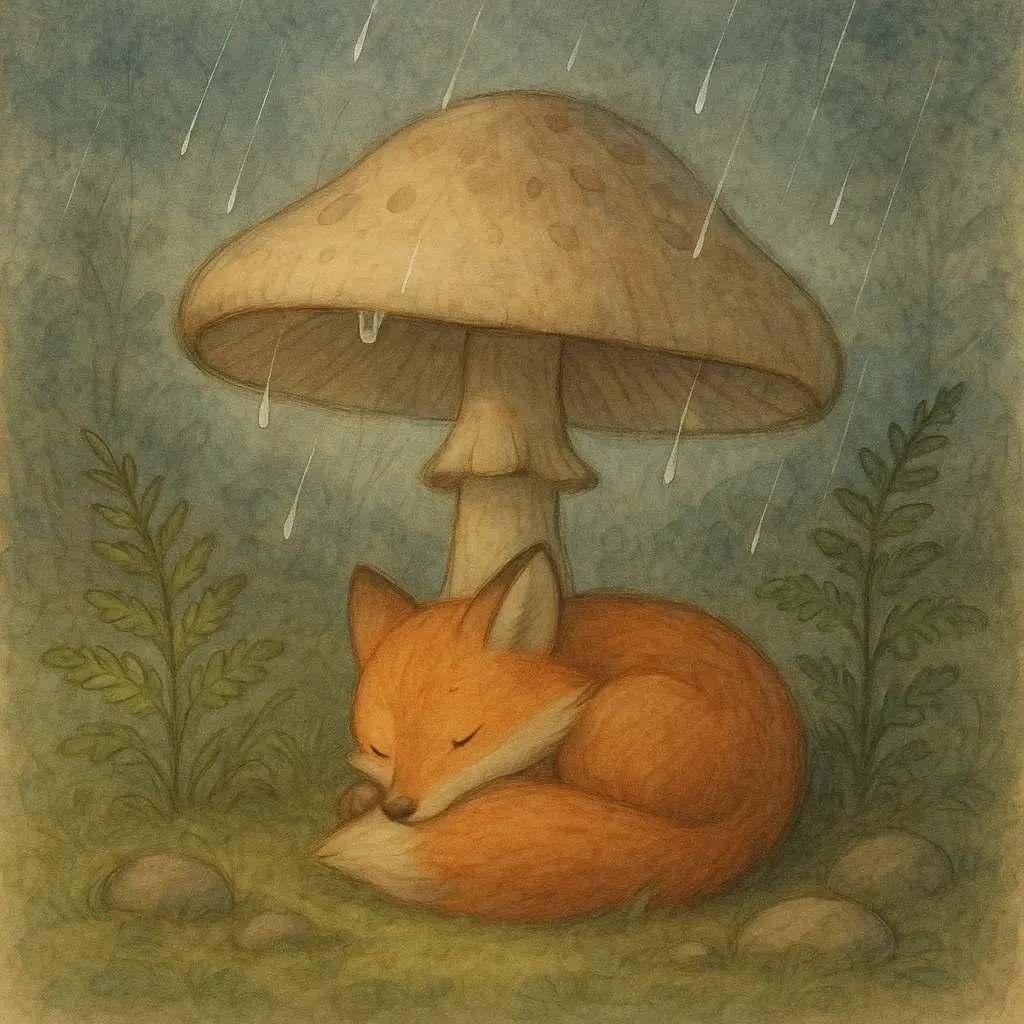
12. The Young Wizard
Create a dreamy storybook illustration showing a young wizard walking through a quiet field of tall grass, his lantern glowing softly. The style should be painterly, with soft watercolor textures, subtle pencil outlines, and a warm but slightly muted, moody tone. Lighting should be soft and atmospheric, more dusk or twilight than daylight, like a cozy scene from a children’s fantasy book. Include natural elements like long grasses, hills, and distant trees for visual storytelling. Avoid bright or overly saturated colors.
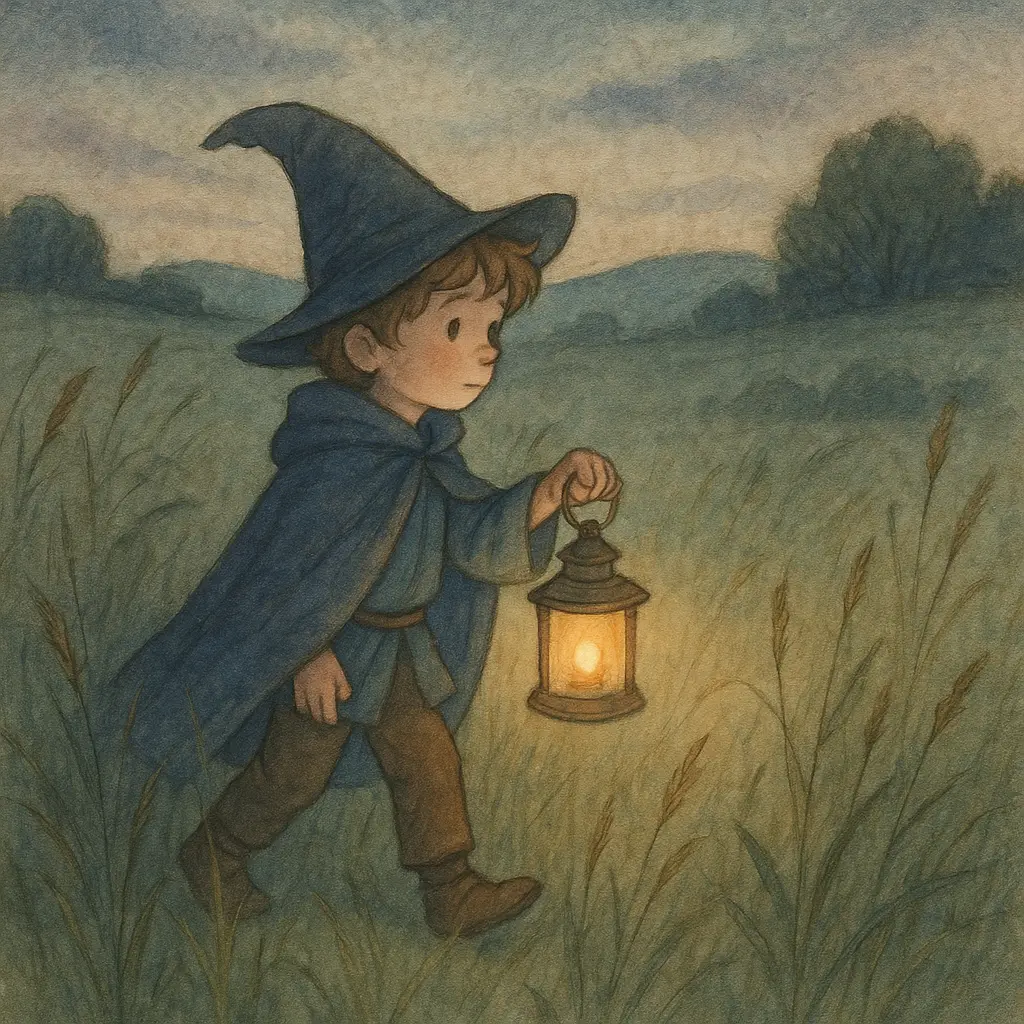
13. Deer and Butterfly
Create a dreamy storybook illustration showing a deer standing still in a misty forest, watching a glowing butterfly. The style should be painterly, with soft watercolor textures, subtle pencil outlines, and a warm but slightly muted, moody tone. Lighting should be soft and atmospheric, more dusk or twilight than daylight, like a cozy scene from a children’s nature book. Include natural elements like tall trees, fog, and scattered leaves for visual storytelling. Avoid bright or overly saturated colors.
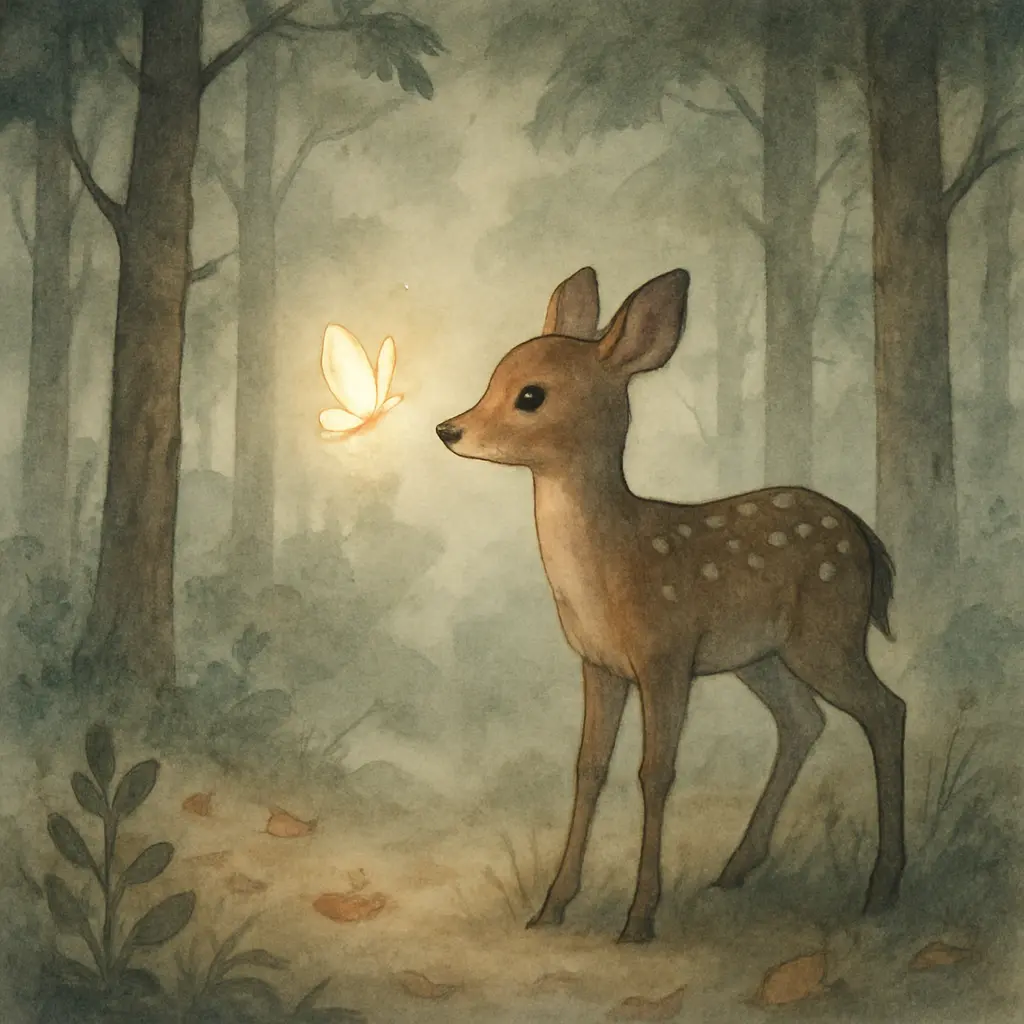
14. Rooftop Stargazing
Create a dreamy storybook illustration showing a child stargazing on a rooftop wrapped in a cozy blanket. The style should be painterly, with soft watercolor textures, subtle pencil outlines, and a warm but slightly muted, moody tone. Lighting should be soft and atmospheric, more dusk or twilight than daylight, like a cozy scene from a children’s wonder-themed book. Include natural elements like chimney smoke, twinkling stars, and rooftops for visual storytelling. Avoid bright or overly saturated colors.

15. The Little Train
Create a dreamy storybook illustration showing a small train slowly chugging along a hill under a purplish twilight sky. The style should be painterly, with soft watercolor textures, subtle pencil outlines, and a warm but slightly muted, moody tone. Lighting should be soft and atmospheric, more dusk or twilight than daylight, like a cozy scene from a children’s travel book. Include natural elements like trees, soft smoke trails, and stars beginning to appear for visual storytelling. Avoid bright or overly saturated colors.
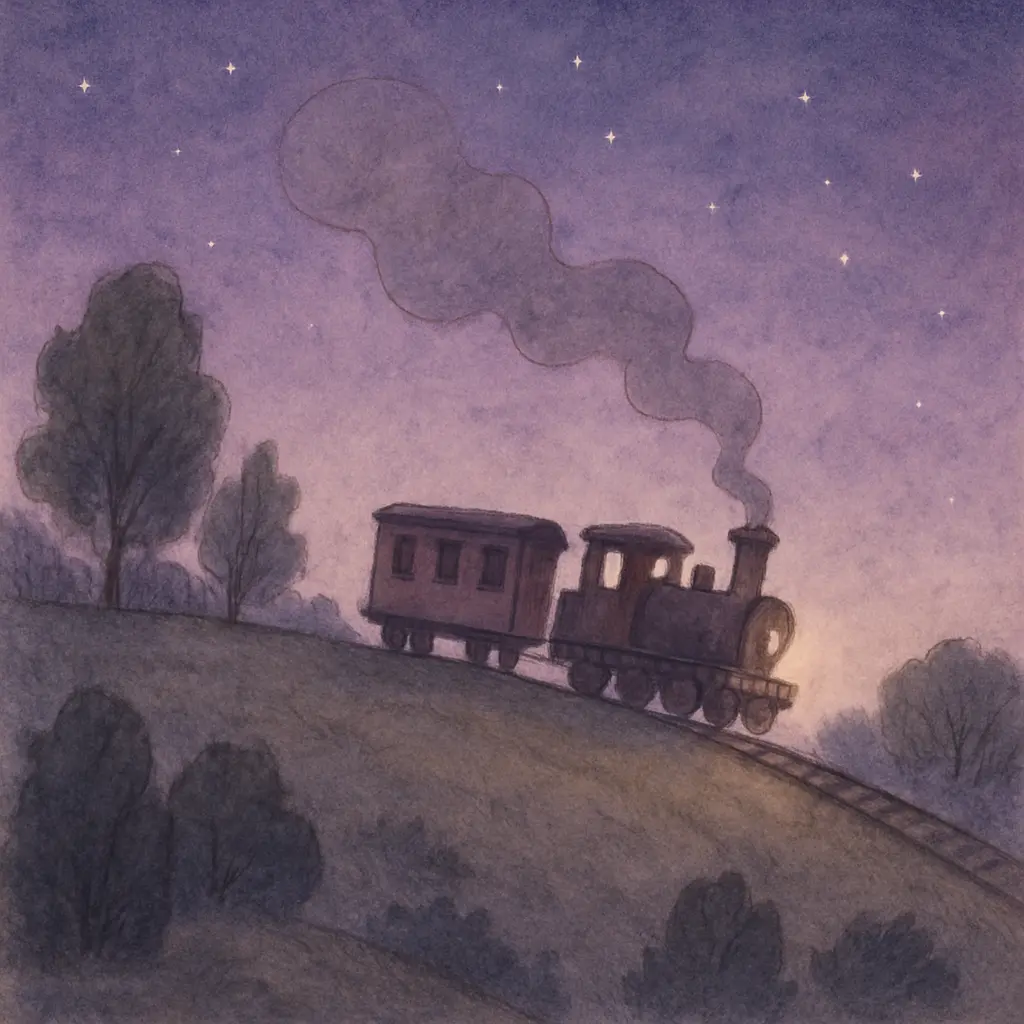
16. Feeding Glowing Fish
Create a dreamy storybook illustration showing a child feeding glowing fish in a quiet pond at twilight. The style should be painterly, with soft watercolor textures, subtle pencil outlines, and a warm but slightly muted, moody tone. Lighting should be soft and atmospheric, more dusk or twilight than daylight, like a cozy scene from a children’s magical creatures book. Include natural elements like water lilies, soft ripples, and reeds for visual storytelling. Avoid bright or overly saturated colors.
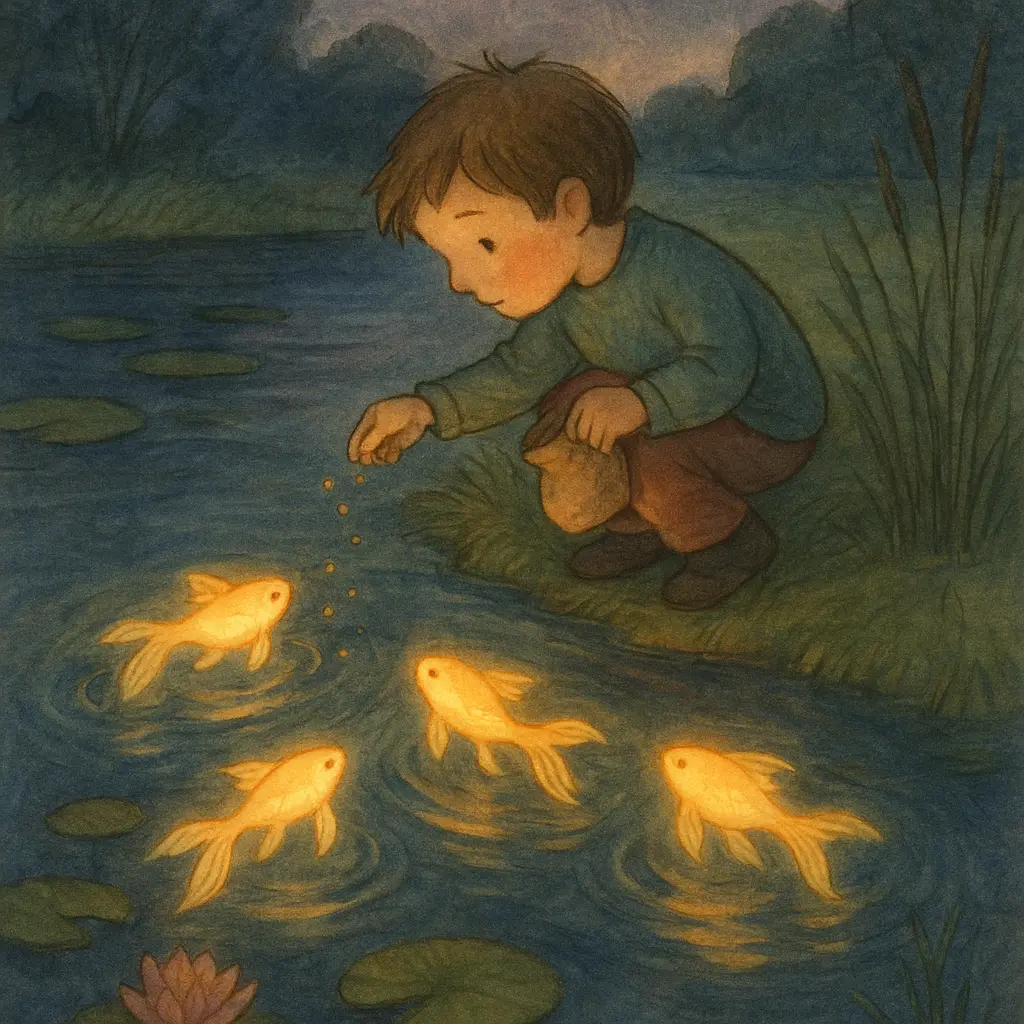
17. The Lighthouse Keeper
Create a dreamy storybook illustration showing an old lighthouse by the sea, its light beaming faintly across the fog. The style should be painterly, with soft watercolor textures, subtle pencil outlines, and a warm but slightly muted, moody tone. Lighting should be soft and atmospheric, more dusk or twilight than daylight, like a cozy scene from a children’s seaside book. Include natural elements like crashing waves, seagulls, and wet rocks for visual storytelling. Avoid bright or overly saturated colors.
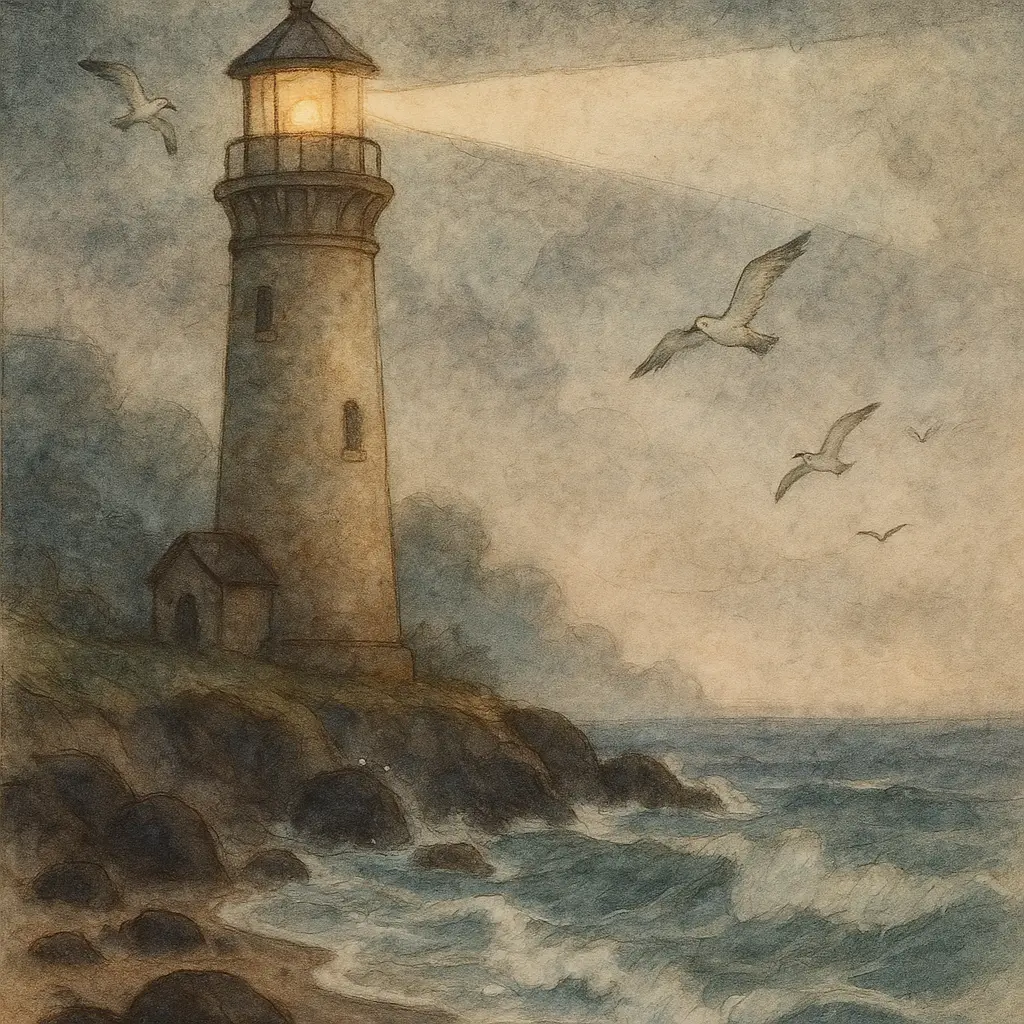
18. Two Mice Sharing
Create a dreamy storybook illustration showing a pair of mice wearing scarves, sharing a biscuit under a leaf umbrella. The style should be painterly, with soft watercolor textures, subtle pencil outlines, and a warm but slightly muted, moody tone. Lighting should be soft and atmospheric, more dusk or twilight than daylight, like a cozy scene from a children’s friendship book. Include natural elements like grass tufts, dew drops, and mushrooms for visual storytelling. Avoid bright or overly saturated colors.
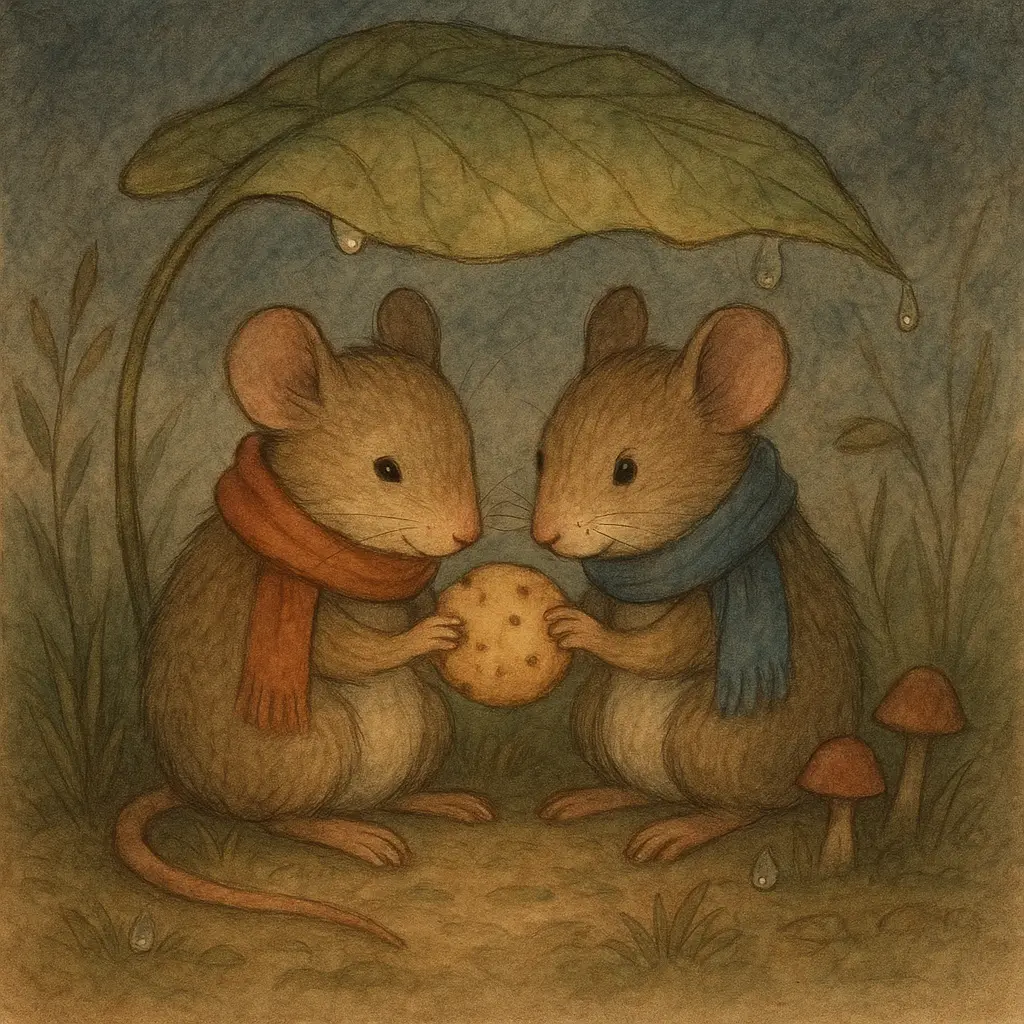
19. Crow Flight
Create a dreamy storybook illustration showing a child riding on the back of a giant crow across a foggy sky. The style should be painterly, with soft watercolor textures, subtle pencil outlines, and a warm but slightly muted, moody tone. Lighting should be soft and atmospheric, more dusk or twilight than daylight, like a cozy scene from a children’s mythical tale. Include natural elements like swirling clouds, moon glow, and feather details for visual storytelling. Avoid bright or overly saturated colors.
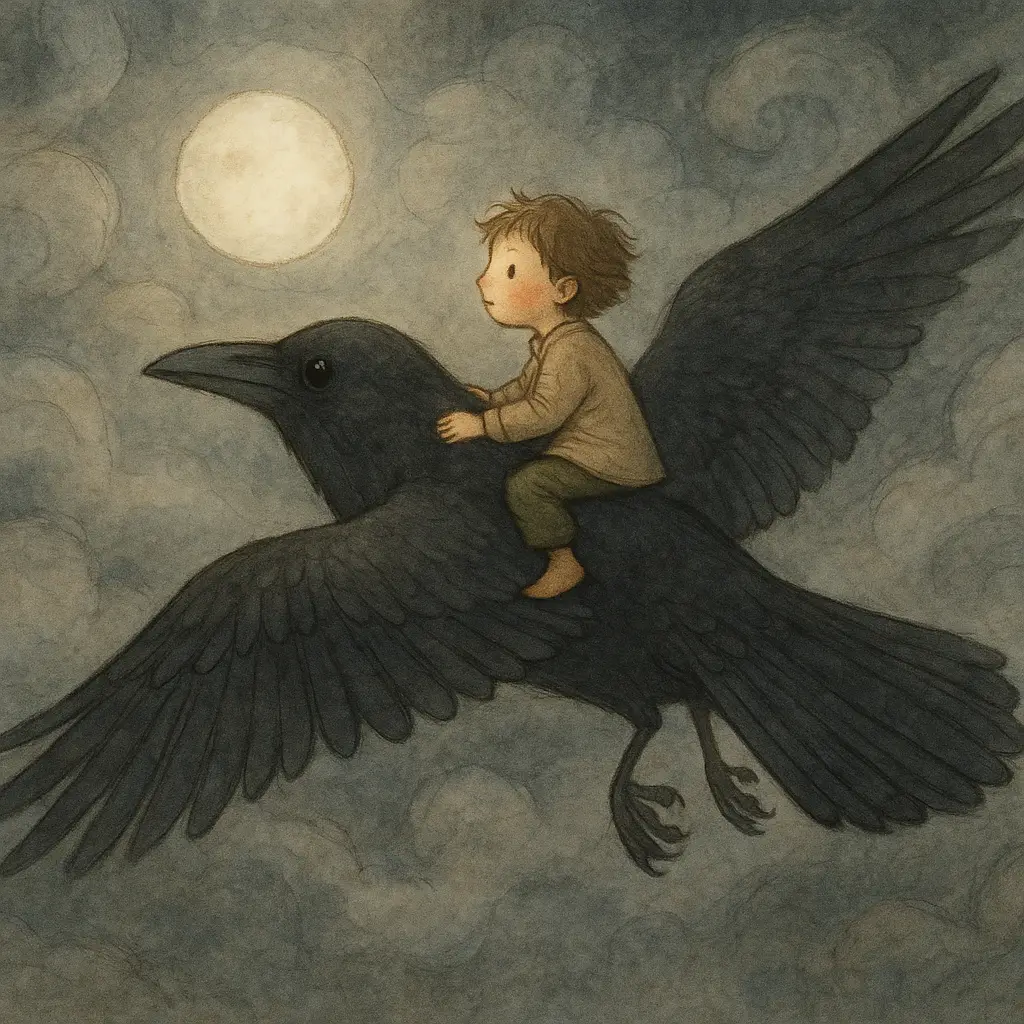
20. Animal Campfire
Create a dreamy storybook illustration showing a campfire gathering of animals under a forest canopy. The style should be painterly, with soft watercolor textures, subtle pencil outlines, and a warm but slightly muted, moody tone. Lighting should be soft and atmospheric, more dusk or twilight than daylight, like a cozy scene from a children’s forest story. Include natural elements like trees, glowing embers, and animal silhouettes for visual storytelling. Avoid bright or overly saturated colors.
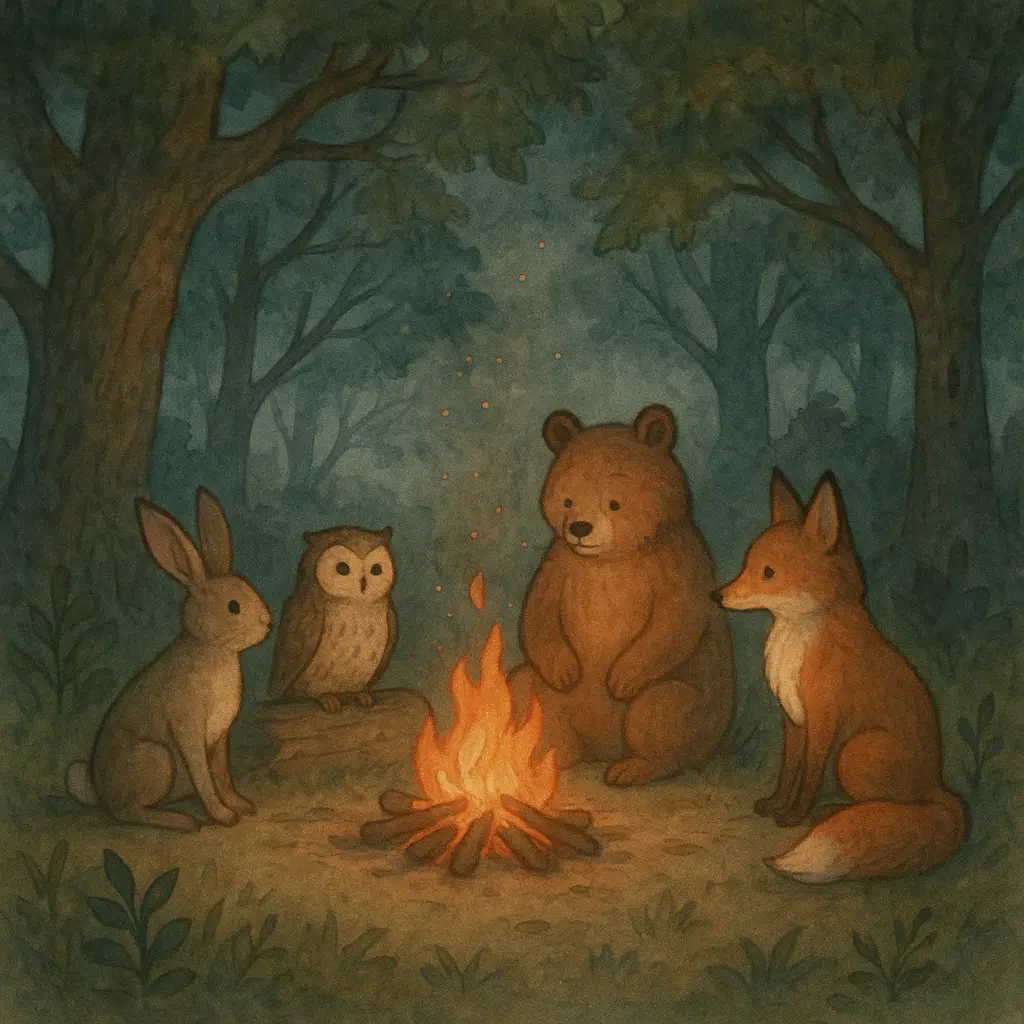
21. The Snail’s Garden
Create a dreamy storybook illustration showing a snail watching raindrops fall on a lantern-lit flower. The style should be painterly, with soft watercolor textures, subtle pencil outlines, and a warm but slightly muted, moody tone. Lighting should be soft and atmospheric, more dusk or twilight than daylight, like a cozy scene from a children’s nature book. Include natural elements like petals, puddles, and glistening leaves for visual storytelling. Avoid bright or overly saturated colors.
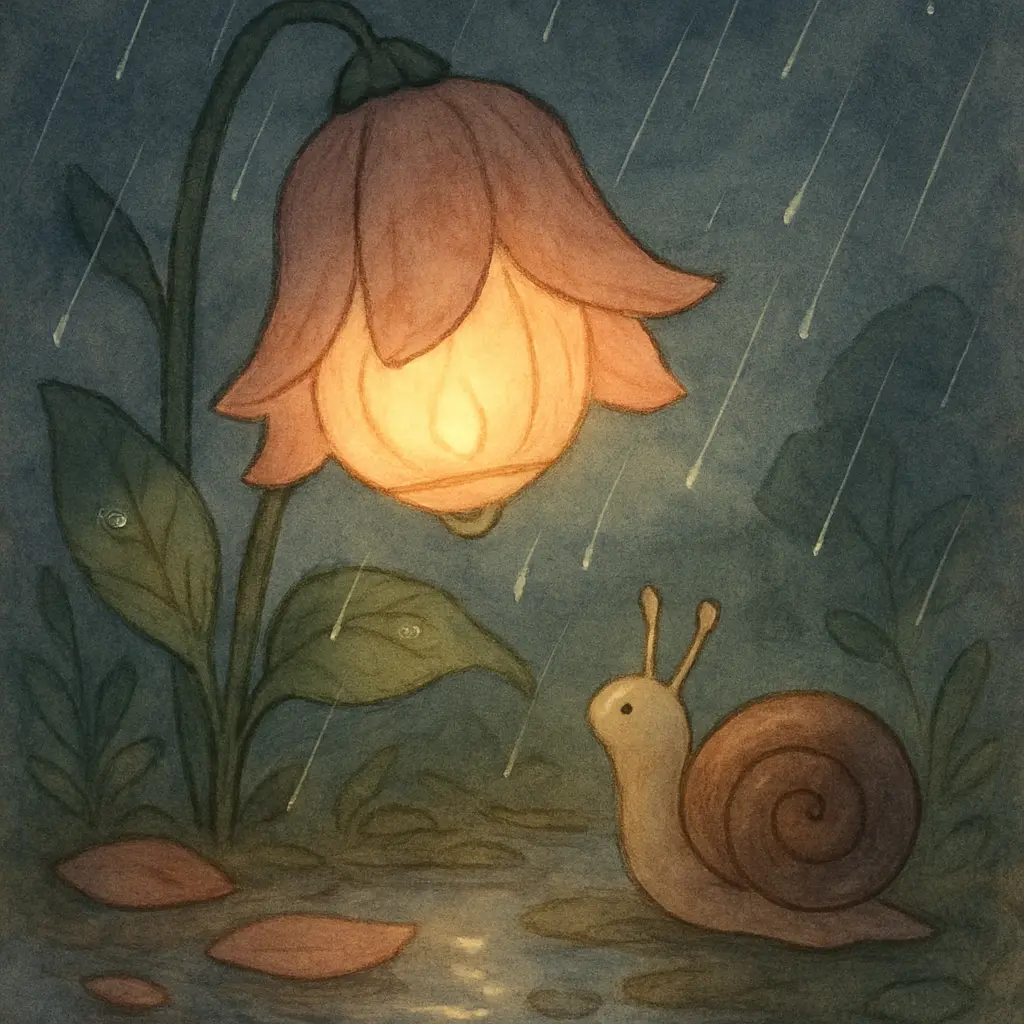
Start with simple scenes before trying complex compositions. The template works best when you describe one main subject with a few supporting elements.
Pay attention to which prompts produce your favorite results. You can modify the template by changing the book type reference or adding specific details that match your story.
The goal is creating illustrations that feel cohesive across your entire story. Stick to the same basic template and adjust only the scene descriptions and natural elements.
With practice, you’ll develop an eye for what makes a good prompt. Soon you’ll be creating storybook illustrations that look like they came from a professional publisher.
